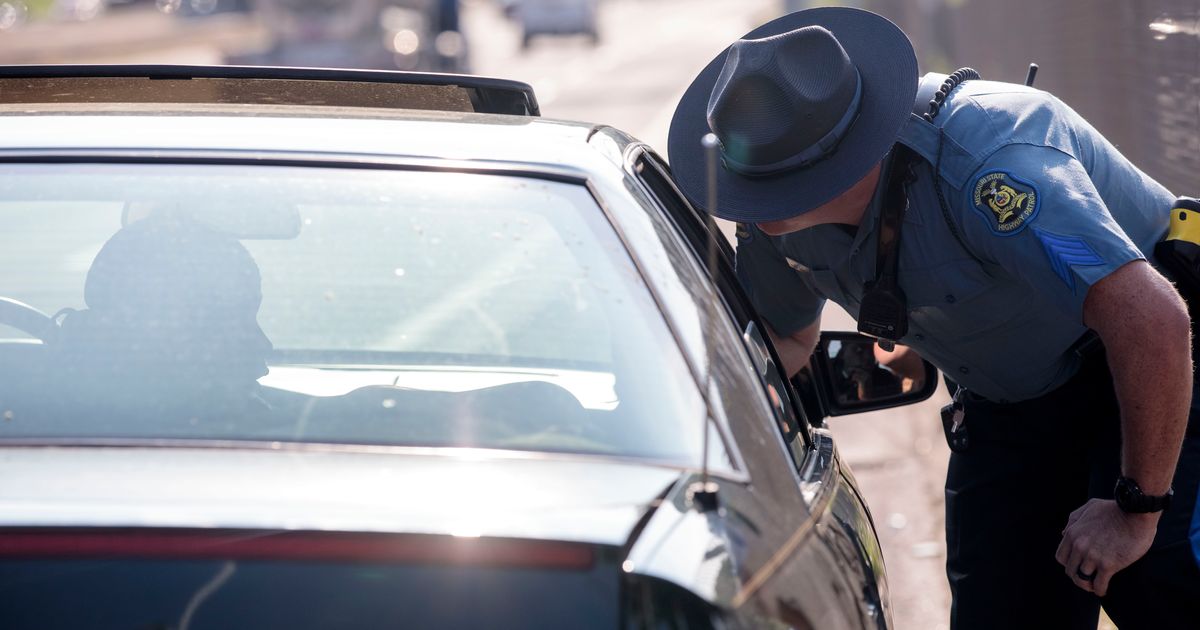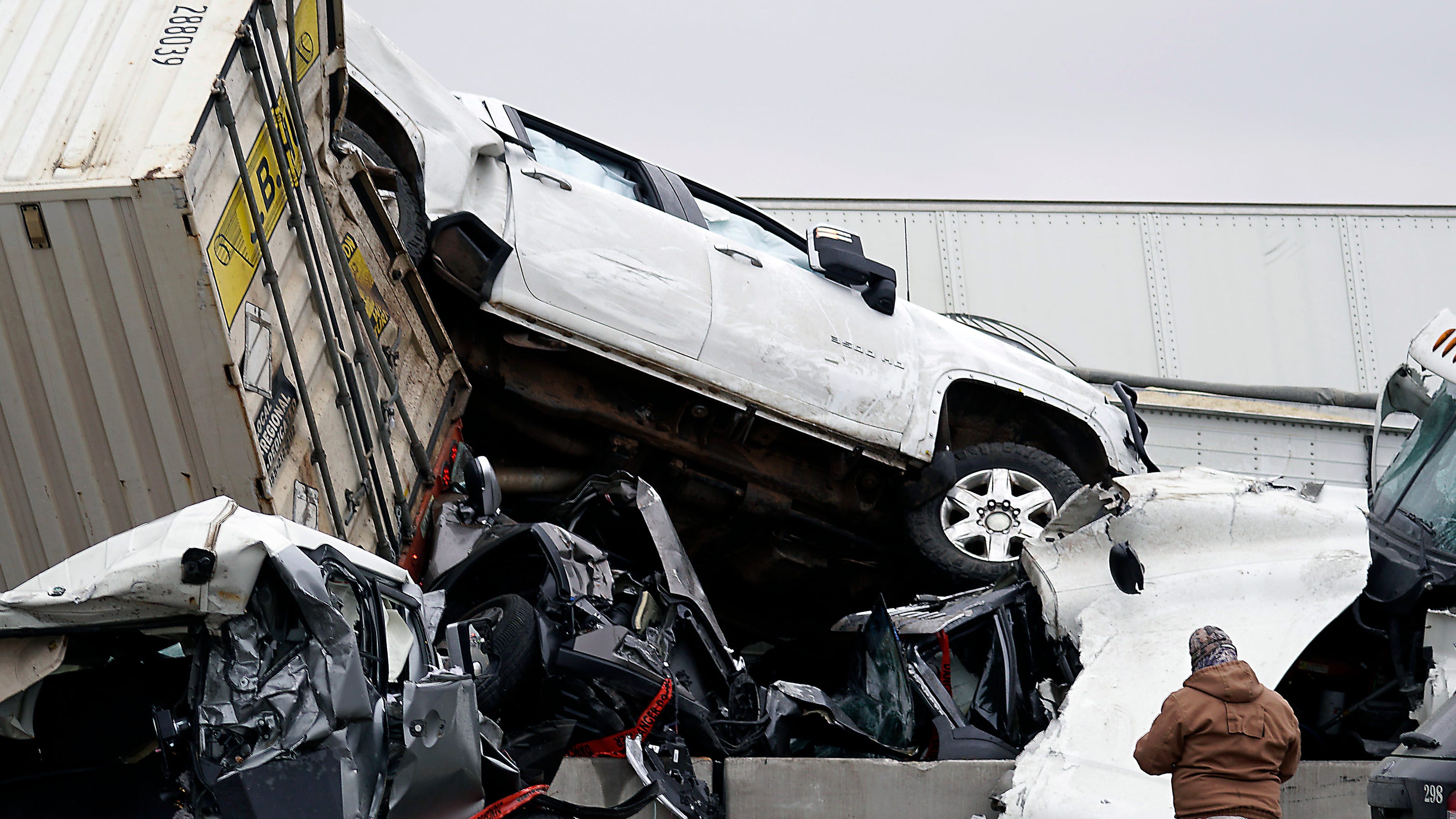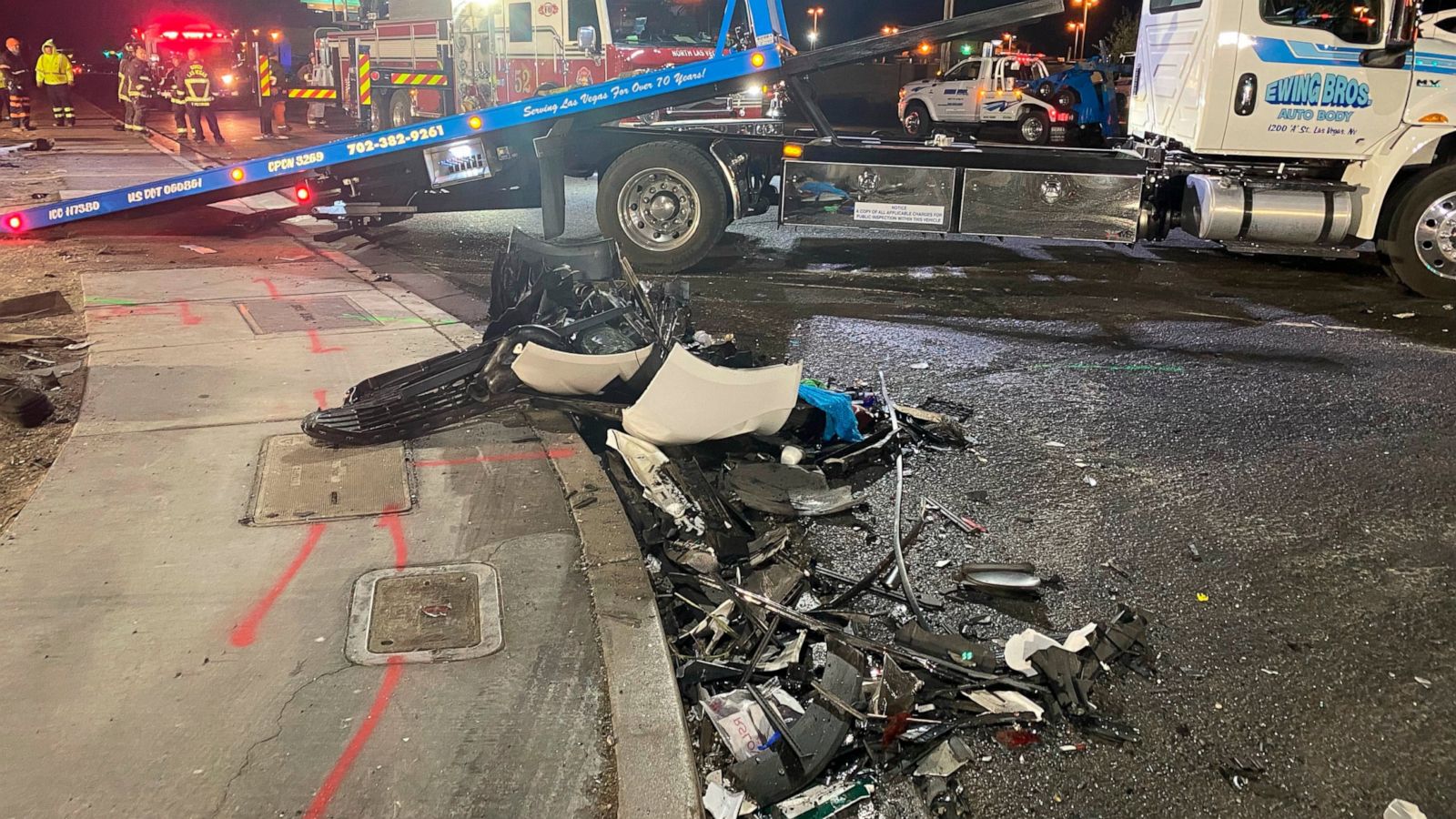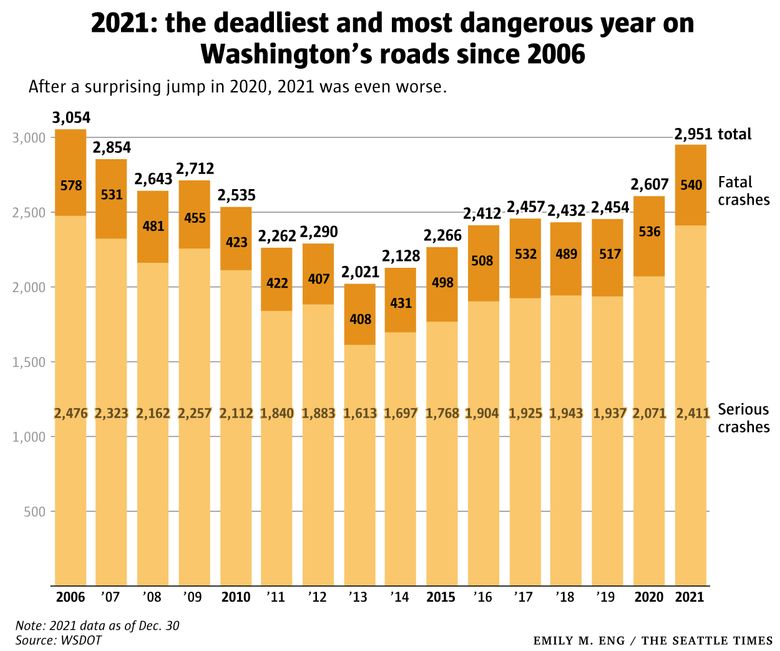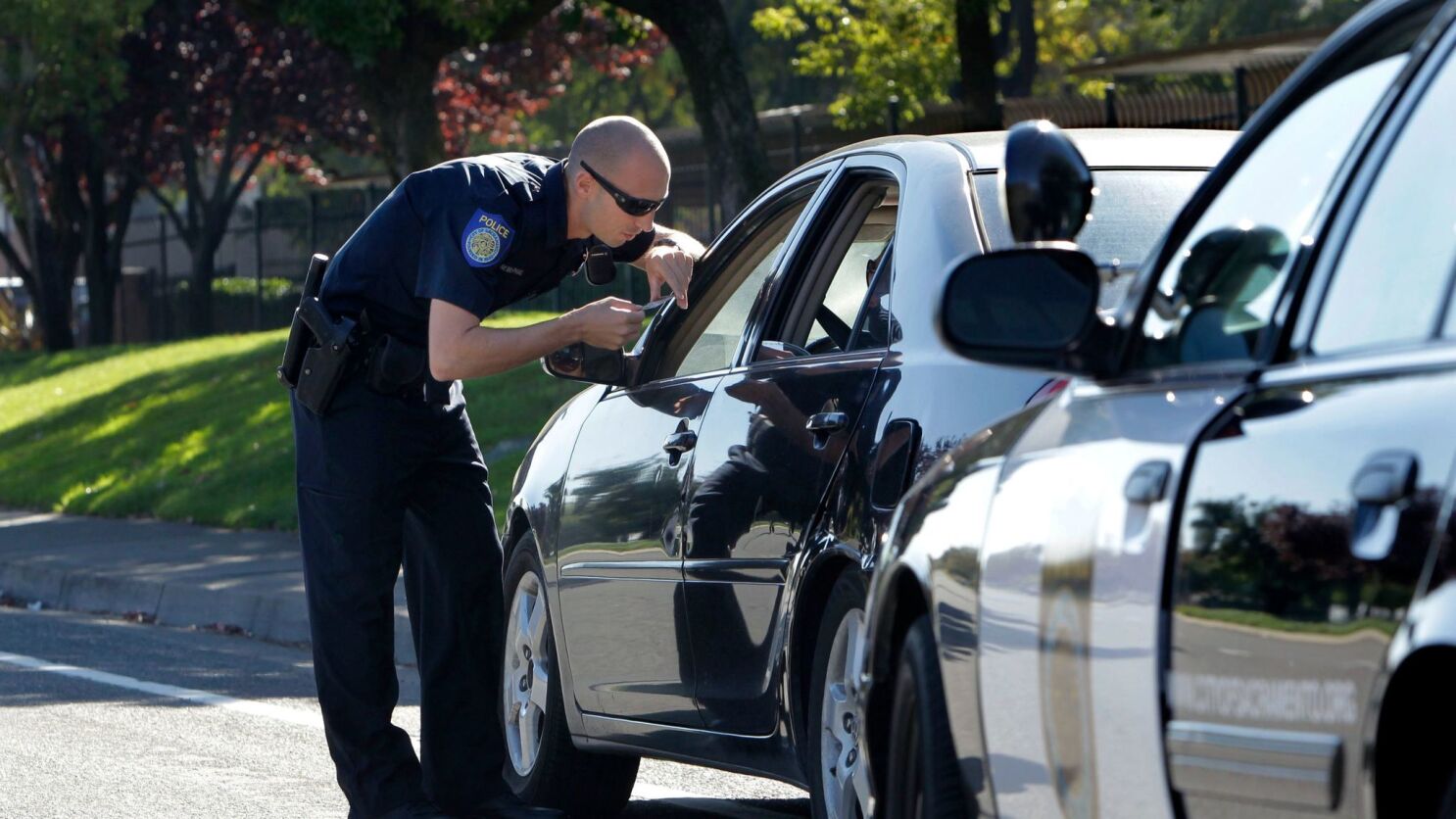Nowadays, the WA State Patrol shall deploy “aviation tactics” to respond to increased incidents of street racing.
“WSP along with other law enforcement agencies has experienced an increase in the number of vehicles fleeing attempted traffic stops yet it is imperative this criminal behavior is addressed in the safest manner possible to hold these individuals accountable. The WSP is addressing this issue with the invaluable assistance of the Aviation Section.” ~Press Release, WA State Patrol
Apparently, four recent incidents occurred where arrests were made using a helicopter. The pilot guided ground units to suspect vehicles.
Incident #1 – WSP aircraft observed a vehicle traveling SB SR 167 in Auburn at 97mph and passing on the shoulder. They followed the vehicle as it exited the freeway and at one point in time seemed to be racing other vehicles. The vehicle ended up in a drive thru and when it exited troopers were able to arrest the driver. Numerous charges to include suspicion of DUI!
Incident #2 – This incident is where a vehicle was doing doughnuts in front of a trooper in Kent. The vehicle fled an attempted traffic stop and was followed by the aircraft. After the aircraft followed the vehicle all over the South Center area the ground units were led to where the vehicle parked near a warehouse and the driver was taken into custody.
Incident #3 – The aircraft spotted a vehicle NB 167 traveling at 107mph heading to what was believed to be a racer meetup. The vehicle fled an attempted traffic stop by a trooper and was followed by the aircraft where speeds reached 118mph. The vehicle was followed all over the South Center area until it reached a meetup where a number of vehicles were blocking the road. The vehicle was trapped by the other vehicles and troopers were able to make an arrest!
Incident #4 – A trooper followed several street racers and attempted to stop one for speeding. The vehicle fled into east Auburn into a residential area and entered a home. Troopers arrived at the residence and were able to talk the driver and passenger out of the house. The trooper in the aircraft was able to ID the driver by the hoodie they were wearing and a lanyard hanging out of their pocket. The driver was subsequently arrested.
STREET RACING IS RECKLESS DRIVING.
Street racing is typically an unsanctioned and illegal form of auto racing that occurs on a public road. Racing in the streets is considered hazardous. Street racing can either be spontaneous or well planned and coordinated. Well-coordinated races are planned in advance and often have people communicating via two-way radios or citizens’ band radio. Participants use police scanners and GPS units to mark locations where local police are more prevalent.
Please contact my office if you, a friend or family member are charged with a Reckless Driving or any other crime. Hiring an effective and competent defense attorney is the first and best step toward justice.


